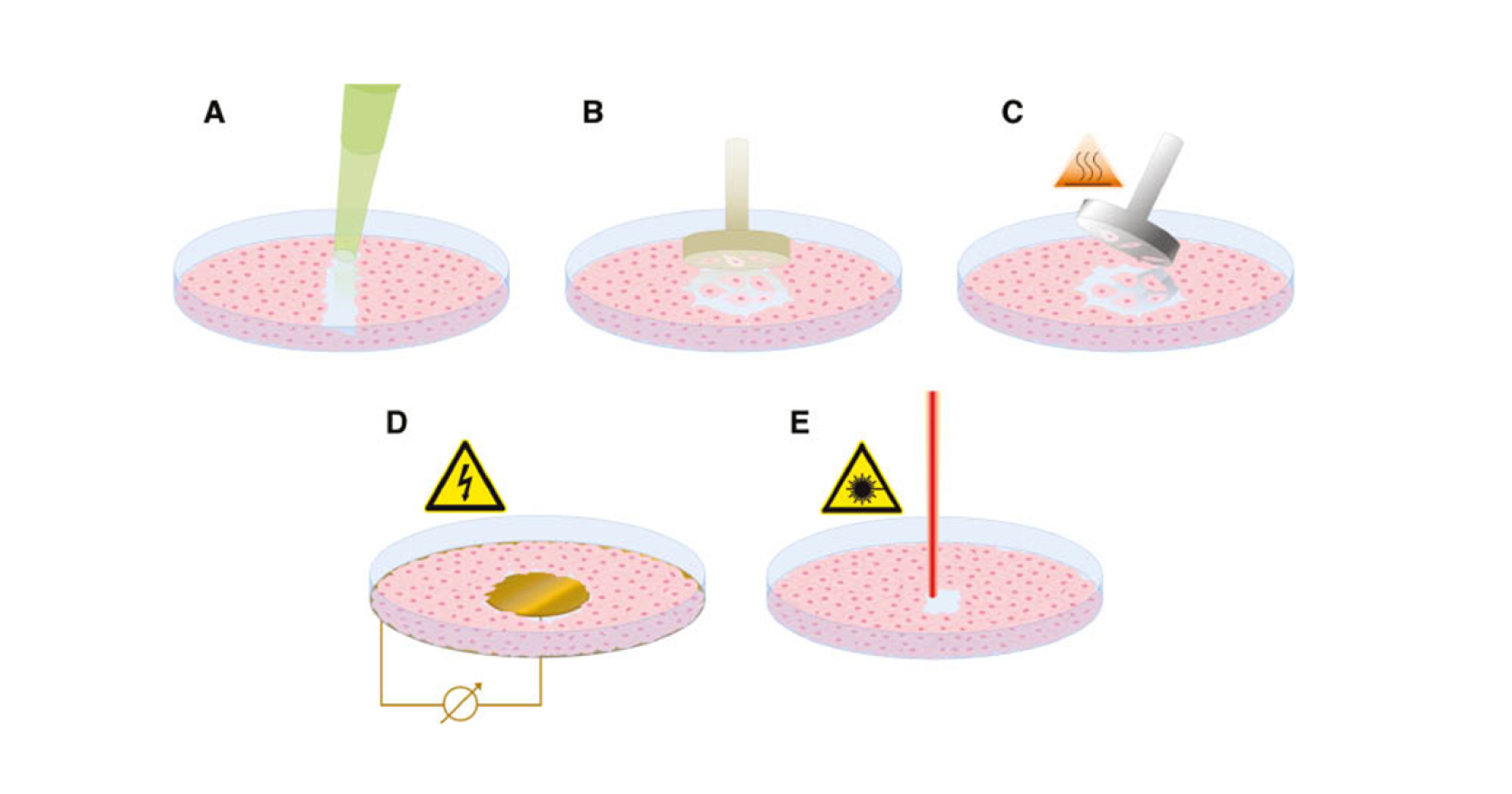Since the 1940s, antibiotics have been used systemically for treating spreading and systemic infections of acute and chronic wounds. However, their widespread use and misuse in medicine and agriculture has allowed the emergence of microbial strains with resistance to one or more antibiotics.
The United Nations and other international agencies estimate that if no action is taken, antimicrobial drug-resistant diseases could cause 10 million deaths each year by 2050, costing £66 trillion (Interagency Coordinating Group on Antimicrobial Resistance, 2019).
WOUND CARE
Driven by an increase in microbial antibiotic resistance, topical antimicrobials are being increasingly used in wound care, especially for infected or open wounds healing by secondary intention. However, it is imperative that clinical practices minimise the possibility of micro-organisms developing resistance to these therapies as well. With ageing populations, increased prevalence of wound care complications, rising costs
of wound treatment (Guest et al, 2015) and diminishing prospects of developing new antibiotics (O’Neill, 2014), novel approaches to optimising and conserving all antimicrobial interventions in wounds are indicated (Cooper and Kirketerp- Møller, 2018). This approach to combat antimicrobial resistance is known as antimicrobial stewardship (AMS).
This document is derived from a one-day meeting of the Expert Working Group that
convened to discuss AMS strategies in wound care. This document was developed with the overall objectives to:
■ Raise awareness of AMS within wound care in the UK
■ Establish the role of wound care in the wider landscape of AMS
■ Promote achievable AMS practices for all involved in the care of people with wounds.
To emphasise the importance of patient involvement, each Best Practice Statement is accompanied by a related Patient Expectation that supports communication with the patient and explains what the patient should expect from their care. All patient communication should take into account the individual’s needs, concerns, readiness to learn, preferences and limitations.







